By James Atteberry, Facilities Manager for Washington State Penitentiary
and Joslyn Rose Trivett, SPP Education and Outreach Manager

These LEDs are in the Steam Plant.
Starting in 2015, Washington State Department of Corrections (WA Corrections) has been committed to converting all lighting to LED (Light Emitting Diode) fixtures. LEDs are far more efficient than conventional fixtures, so replacements and retrofits should save energy and reduce expenses at the same time.

LEDs illuminate exercise in the South Complex gym.

East Complex parking lot lighting looking good after the switch to LEDs.
In the past year, Washington State Penitentiary (WSP)’s headway toward meeting the commitment stands out; WSP’s Electrical Department has transformed their lighting landscape. The in-house team of staff and incarcerated electricians has completed eight major projects so far, renovating the lighting for the steam plant, general store, engineers warehouse dock, Unit 7 roof, east complex parking lot, and inside and outside the Intensive Management Unit (IMU) and gyms.
Of course, these retrofits required a sizable investment up front, but the payoffs come quickly. For the in-house projects completed thus far, the initial costs were about $73,000; pay back from incentive programs cut more than 30% off that price, reducing it to around $50,000. An additional project was contracted out, and another funded by Capital Projects; even in these cases, WSP received the incentive pay back. Before long, expected energy savings will pay off the rest: reduced energy bills for each area will pay off installation costs in one to six years. For example, the new lighting in and around the IMU will save WA Corrections $5,181 in energy bills annually; the savings pays off installation costs in less than three years, and, after that point, it frees up funds to spend on other necessities and improvements.
If that’s not already sweet enough, the labor saving in maintenance is huge as well. Some LED fixtures can last up to 20 years before needing repair! LED retrofits look like a total win for the prison. We offer our credit and thanks to WSP’s Electrical Department and to WA Corrections leadership for the vision and hard work that has gone into saving energy and creating efficiency.

These are the new LED roof lights; image to the right shows a close up.


The Sustainable Practices Lab exterior is now lit by LEDs.
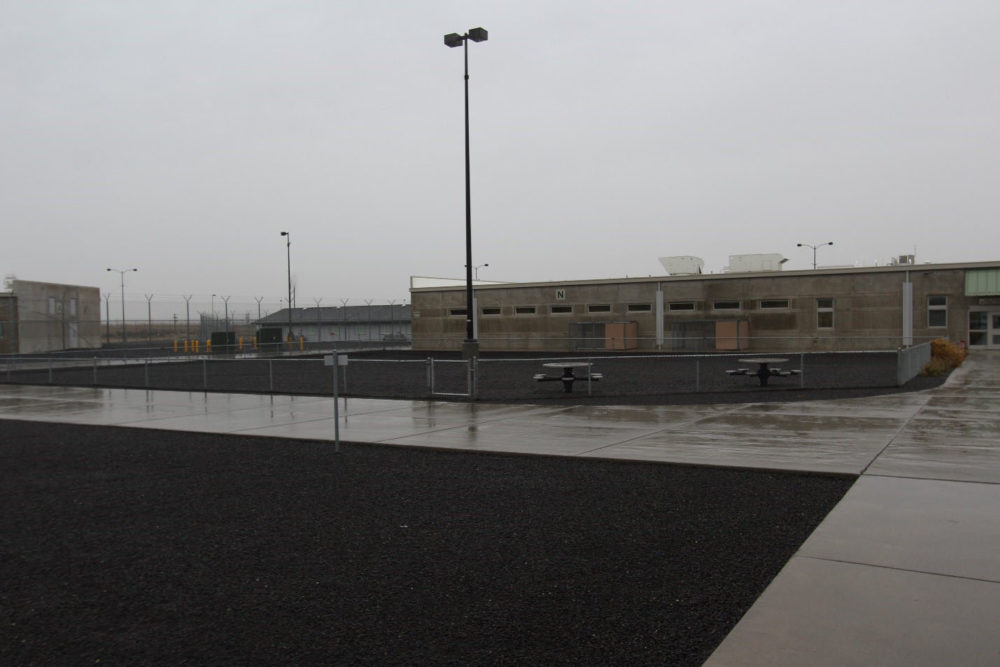
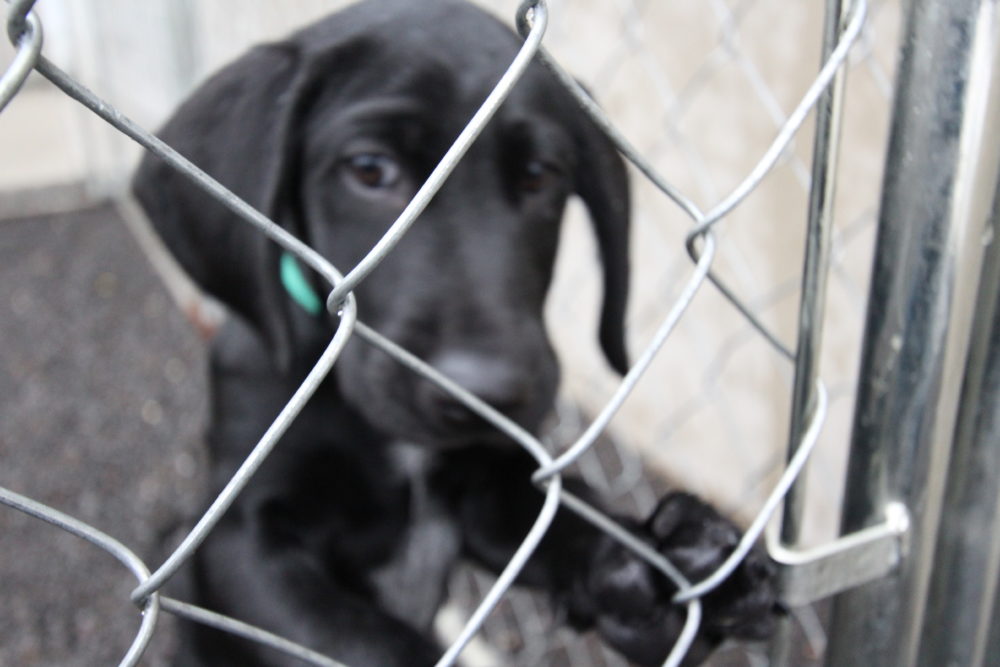
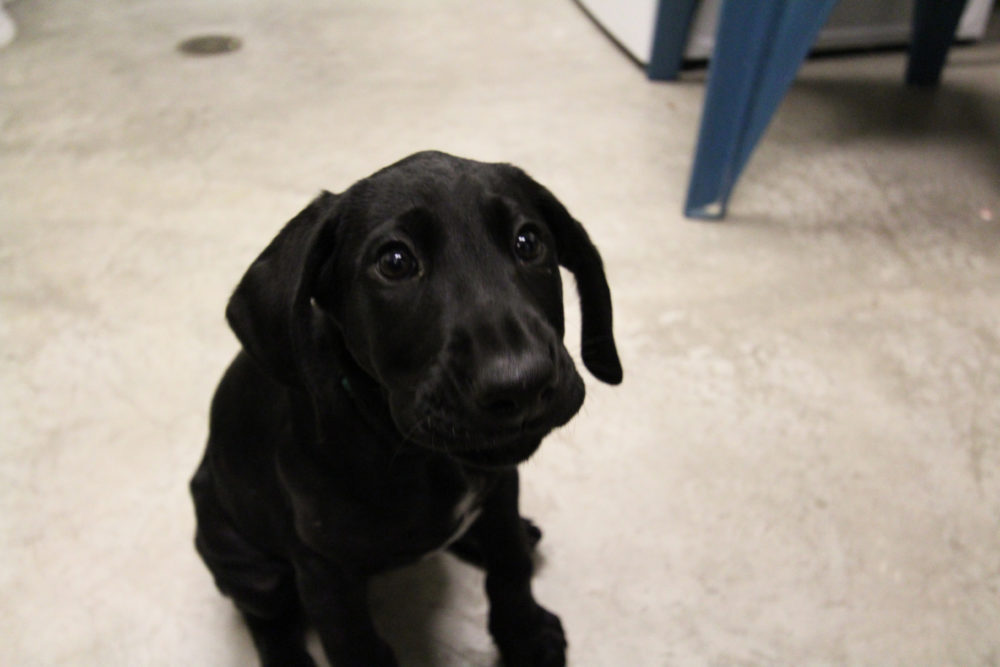
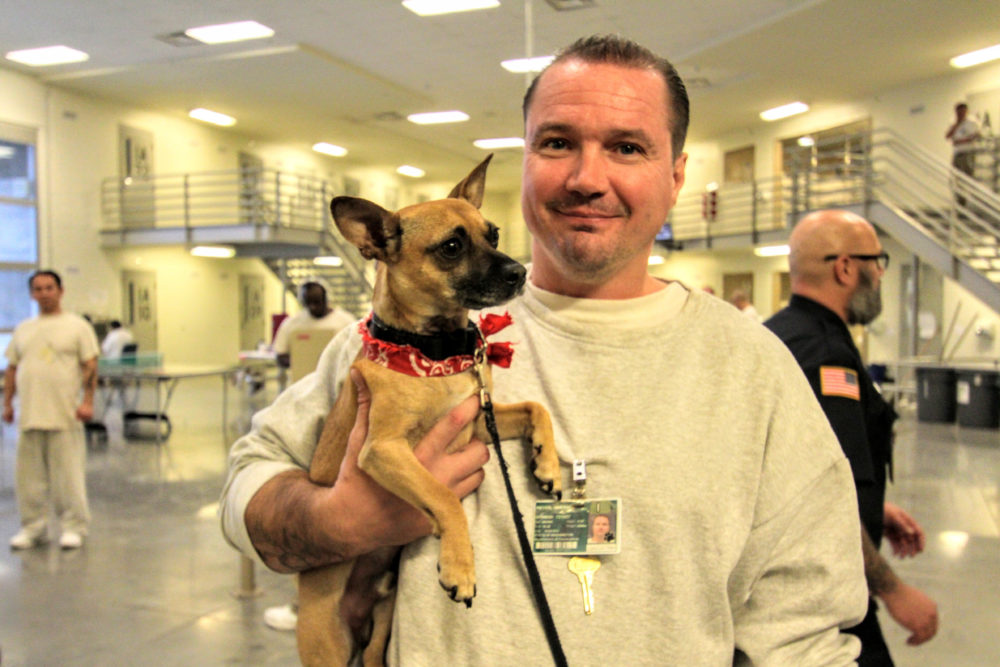
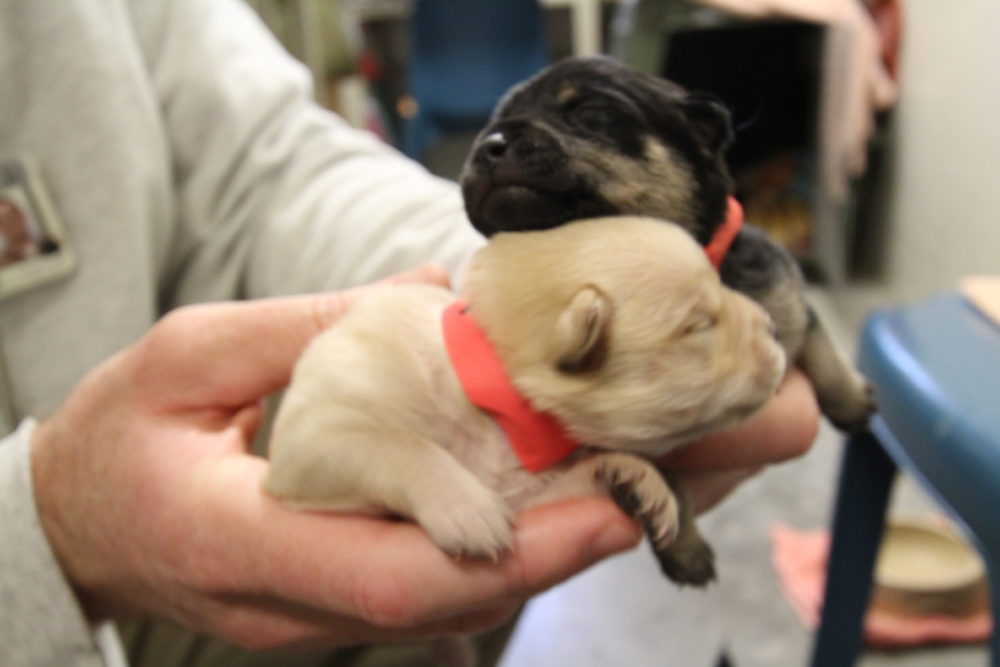
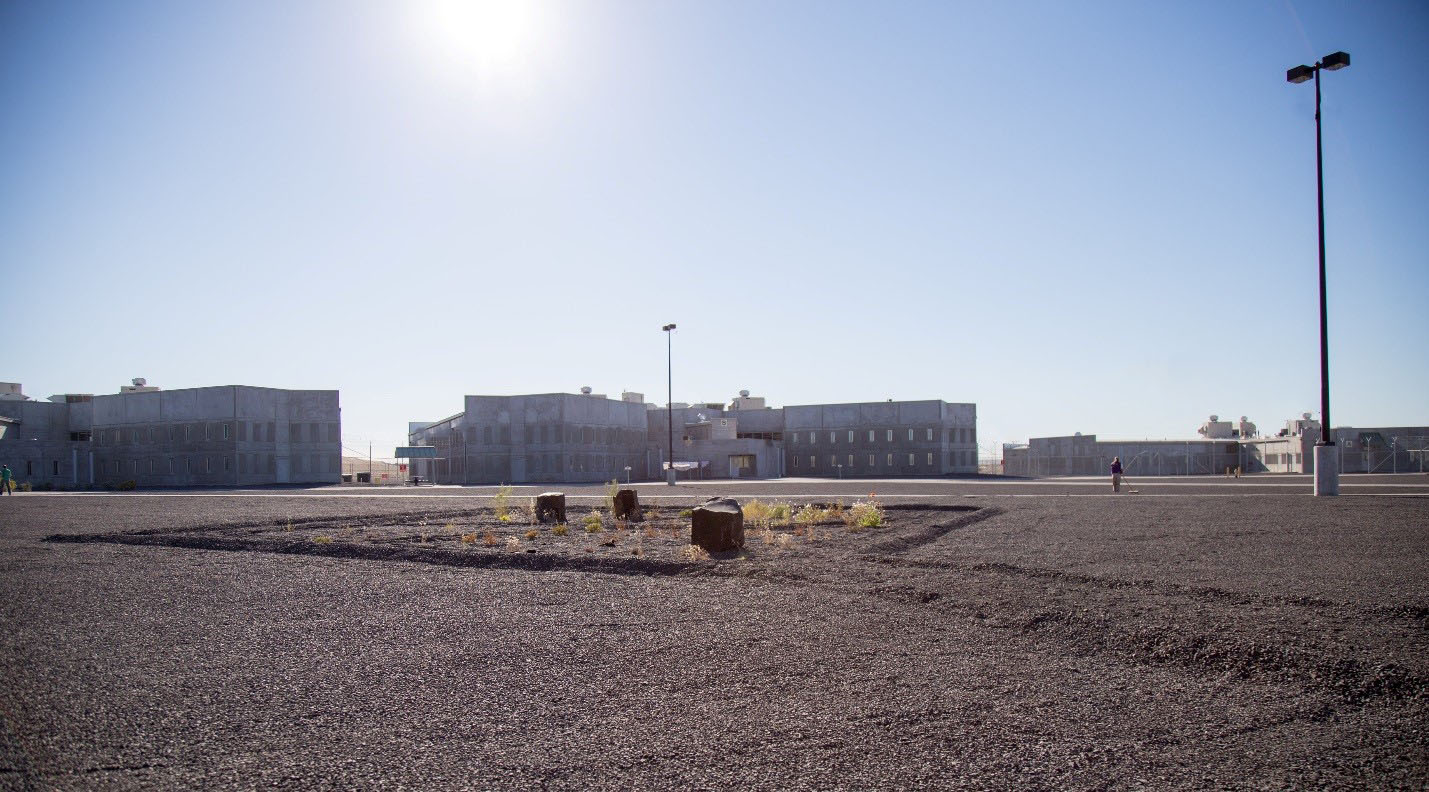 CRCC during the summer. The picture is looking at some of the units and the courtyard with a rock garden in the center. The gardens at CRCC all feature native plants and rock designs. Photo by Ricky Osborne.
CRCC during the summer. The picture is looking at some of the units and the courtyard with a rock garden in the center. The gardens at CRCC all feature native plants and rock designs. Photo by Ricky Osborne.